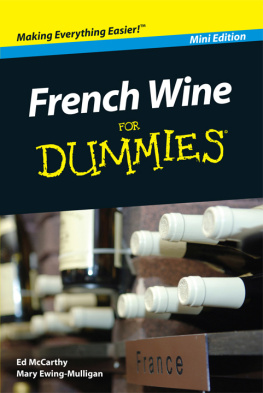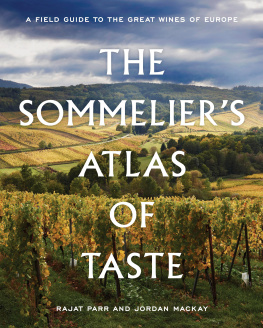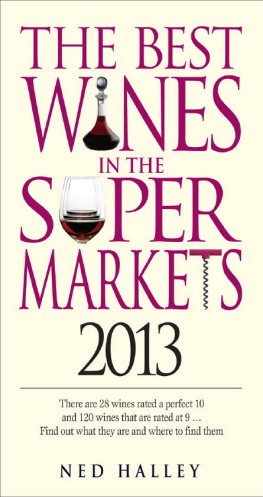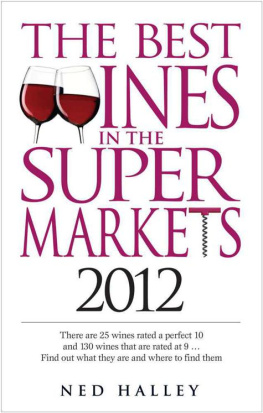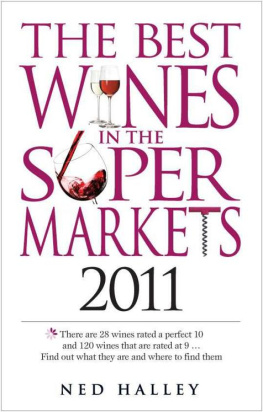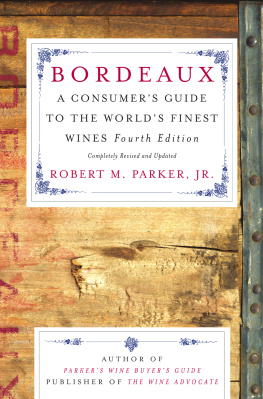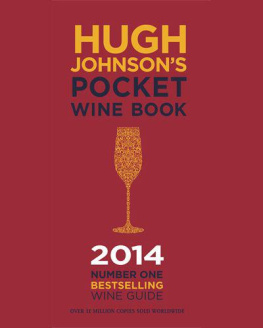2007 Vintage Assessment
A PRELIMINARY REPORT
One of the most climatically curious vintages has ended happily. Up to the end of August, growers were anticipating a disaster. The sun then started shining, and 10 weeks of the most spectacular autumn followed. The leaves on the trees and vines did not begin to fall until Hospices time, with the first really proper frost occurring on the night of November 12. The resulting colour in the interim was truly magnificent. Sadly, it was a very early harvest; so not all could fully benefit. Nevertheless, there was much early satisfaction with 2007 to be discerned, as buyers and journalists toured Burgundy to sample the 2006s.
After a mild and dry winteronly one severe frost occurred, at the end of JanuaryBurgundy enjoyed its summer in April, with temperatures as high as the 30s (85 plus Farenheit) and 4 weeks of abundant sun. Thereafter, apart from a week in mid-May, when the vines flowered some 3 weeks early, the weather remained wet, cold and miserable for two and a half months. Even after July 14, it continued to be patchy, with more days of cloud and rain than days of sun. Unsettled weather persisted until the last week of August, when, right at the last minute the clouds cleared, and temperatures improved.
Overall, it was a very wet summer indeed. Mildew and rot remained a constant threat. With hindsight, it became clear that, even more than usual, it was crucial to not over-crop, dangerous to not pay daily attention to the state of health of the vines and advantageous to (if possible) delay the date of the harvest.
Every year there is hail somewhere; in 2007 it fell to the climat of Charmes-Chambertin to bear the brunt. There were three hailstorms in Chablis, variously ravaging the village of Chichee and the premiers crus of Montee de Tonnerre and Mont de Milieu, and later, Vaillons.
Early on, the authorities announced that the Ban des Vendanges would be August 18; they did not expect everyone to immediately rush out to harvest, but they wanted to give total liberty to each domaine to choose its own picking date. The vintage started first in the Cte de Beaune, around Monday, September 3. This was followed a week or so later by the Cte de Nuits, Chablis and the Maconnais and Beaujolais. Normally, the last two regions commence agood 10 daysand in the case of the Beaujolais, 2 weeksbefore the Cte d'Or. The late pickers, the Cte Chalonaise and the Hautes-Ctes had the best of it, as they were able to profit more from the return to fine weather.
It hardly needs to be said that it was essential to tri, to eliminate substandard fruit before fermentation. As a result, most estates produced a reduced crop, some announcing 25 percent less than in 2006 (which was by no means large).
The Chablis results are variable. Alcohol levels are reasonable, but acidities are low. Many wines will be rather soft and ephemeral. Growers producing whites in the Cte de Beaune, especially those who picked later than most, are rather more enthusiastic, and many consider 2007 to be better than 2006. As far as the reds are concerned, the vintage is considered superior in the Cte de Nuits, in comparison with the Cte de Beaune, with vignerons in Gevrey-Chambertin even prepared to compare their 2007s with their 2005s. In the Maconnais and the Beaujolais, the 2007 vintage is said to be good (better than 2006), but not great.
Appendix One
RATING THE VINTAGES
(out of 20)
Where alternative marks are given, this indicates a variation, either between the wines themselves or between one end of the Cte and the other. See the individual vintage assessments for further information.
Marks given out of 20:
13.0= Not bad
14.0= Quite good
15.0= Good
16.0= Very good
17.0= Very good indeed
18.0= Fine plus
19.0= Very fine indeed
= Never of much consequence: now dead and buried
( ) = Now old
Please note: In every vintage, however bad, the very best growers make surprisingly good wine. The reverse, sadly, is also true.
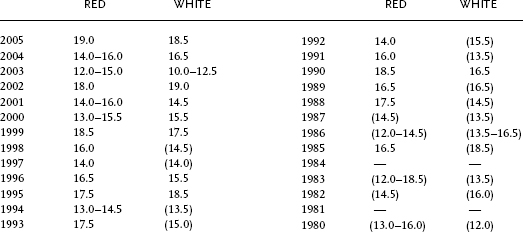
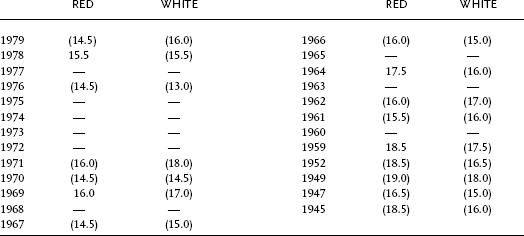
Appendix Two
RATING THE VINEYARDS OF THE CTE D'OR
RED


 Three Stars
Three Stars
Romane-Conti
La Tche
Richebourg
Romane-Saint-Vivant
Grands-Echzeaux
Clos-de-Vougeot (top)
Le Musigny

 Two Stars
Two Stars
La Grande-Rue
Echzeaux
Clos de Vougeot (lower parts)
Bonnes-Mares
Clos de Tart
Clos des Lambrays
Clos Saint-Denis
Chapelle-Chambertin
Charmes-Chambertin
Clos de la Roche
La Romane
Chambertin
Chambertin, Clos de Bze
Mazis-Chambertin (haut)
Ruchottes-Chambertin (bas)
Corton, Clos du Roi
Corton (except Clos du Roi)
Griotte-Chambertin
Latricires-Chambertin
Mazis-Chambertin (bas)
Mazoyres-Chambertin
Ruchottes-Chambertin (haut)
Gevrey-Chambertin, Clos Saint-Jacques
Chambolle-Musigny, Les Amoureuses
 One Star
One Star
Gevrey-Chambertin: Les Cazetiers;
Estournelles-Saint-Jacques;
Lavaux-Saint-Jacques; Les Combottes
Chambolle-Musigny: Les Fues;
Les Cras; La Combe d'Orveau
Vosne-Romane: Les Beaumonts (bas);
Les Brles (north side); Les Suchots
(upper section); Cros Parentoux;
Les Malconsorts
Nuits-Saint-Georges: Aux Boudots;
Les Saint-Georges; Les Vaucrains;
Les Cailles; Les Porrets/Clos des Porrets
Pernand-Vergelesses: Ile de Vergelesses
Pommard: Les Petits Epenots;
Les Rugiens (bas)
Volnay: Les Caillerets (dessous);
Clos des Chnes (dessous); Taille-Pieds;
Les Santenots-du-Milieu
WHITE


 Three Stars
Three Stars
Le Montrachet
Chevalier-Montrachet

 Two Stars
Two Stars
Corton-Charlemagne (the rest)
Btard-Montrachet
Bienvenues-Btard-Montrachet
 One Star
One Star
Meursault: Les Genevrires (dessous);
Les Charmes (dessous); Les Perrires (dessus)
Puligny-Montrachet: Les Combettes;
Les Perrires; Les Pucelles; Les Folatires
(lower section); Clos de la Garenne
Corton-Charlemagne (the lieu-dit Le
Charlemagne and the southerly
part of En Charlemagne)
Criots-Btard-Montrachet
Meursault, Les Perrires (dessous)
Puligny-Montrachet, Les Caillerets
Chassagne-Montrachet: Blanchot Dessous;
En Remilly; Les Caillerets; La Grande
Montagne; Les Grandes Ruchottes;

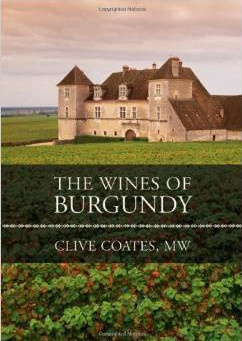
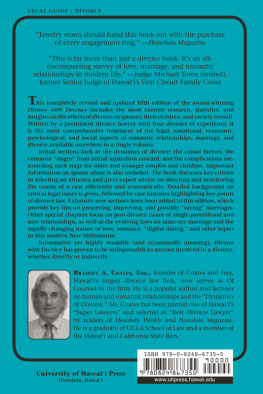




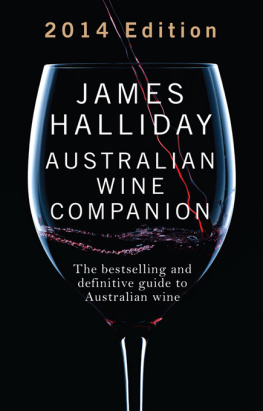
![Jon Bonné - The New French Wine [Two-Book Boxed Set]: Redefining the Worlds Greatest Wine Culture](/uploads/posts/book/443558/thumbs/jon-bonn-the-new-french-wine-two-book-boxed.jpg)


